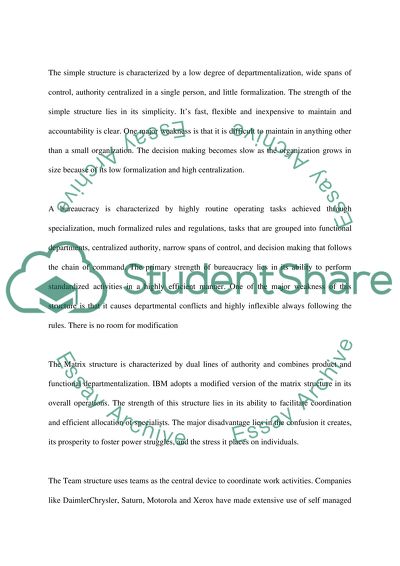Cite this document
(Organizational Design and Change Recommendation Case Study, n.d.)
Organizational Design and Change Recommendation Case Study. Retrieved from https://studentshare.org/human-resources/1515276-hotel-industry
Organizational Design and Change Recommendation Case Study. Retrieved from https://studentshare.org/human-resources/1515276-hotel-industry
(Organizational Design and Change Recommendation Case Study)
Organizational Design and Change Recommendation Case Study. https://studentshare.org/human-resources/1515276-hotel-industry.
Organizational Design and Change Recommendation Case Study. https://studentshare.org/human-resources/1515276-hotel-industry.
“Organizational Design and Change Recommendation Case Study”, n.d. https://studentshare.org/human-resources/1515276-hotel-industry.


